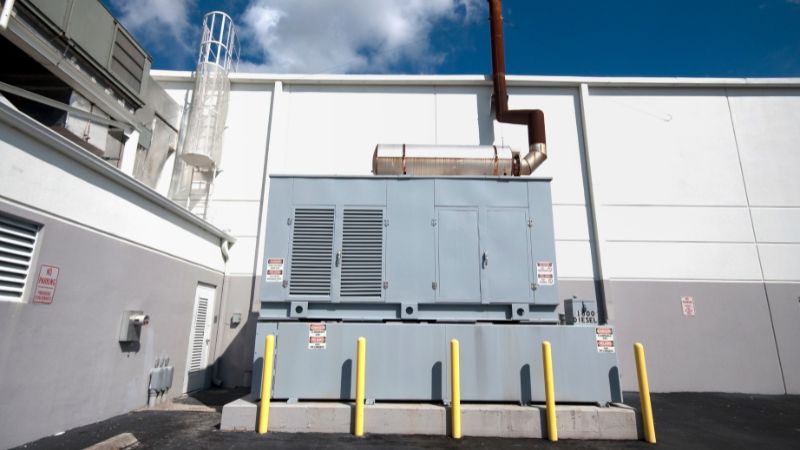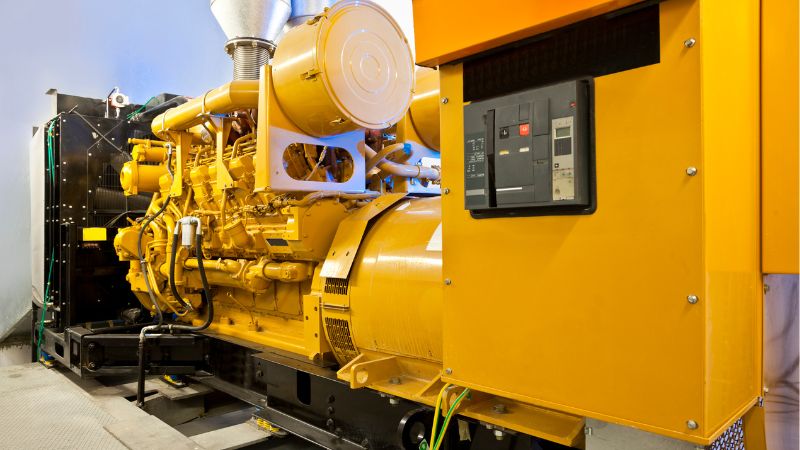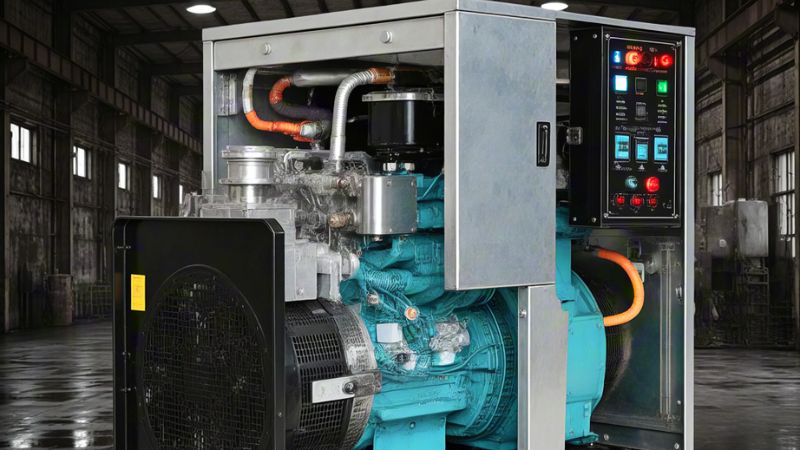Wondering why your generator needs a special switch? You’re not alone. This guide will explain what they are, the types available, key components, installation safety, how they work, and maintenance tips. Let’s get started and see how they ensure reliable backup power.

What is Transfer Switch?
Definition of Transfer Switches
A transfer switch is a permanent switch that connects to your electrical panel and allows you to switch between two power sources – your utility power and your generator. Think of it as a traffic cop for electricity.
When the power goes out, this device lets you safely power your home with a generator without risking backfeeding. Backfeeding happens when electricity flows backward into power lines, which can be deadly for utility workers.
Transfer switches make using a generator much safer and more convenient. You won’t need to run extension cords throughout your house, and you can choose which circuits to power during an outage.
Why a Generator Needs a Transfer Switch
- Prevents Backfeeding: Stops electricity from flowing back into the utility grid, protecting utility workers and preventing damage.
- Protects Equipment: Ensures the generator and electrical devices are not overloaded or damaged.
- Seamless Transition: Switches between the main power and generator without significant interruption.
- Automatic Operation: Automatically detects power loss and switches to the generator without manual intervention.
- Meets Electrical Codes: Required by law in many areas to ensure safety.
- Insurance Requirement: Often mandated by insurance policies.
- Efficient Power Management: Ensures the generator is used only when necessary, saving fuel and reducing wear.
- Easy to Use: Simplifies the process of switching power sources, reducing the risk of human error.
- Prevents Overloading: Ensures the generator operates within safe limits, protecting sensitive equipment.

Types of Transfer Switches
Manual Transfer Switches
These require you to physically flip a switch when the power goes out. They’re more affordable and simpler to install. You’ll need to go outside, start your generator, then flip the switch to transfer power.
Automatic Transfer Switches
These detect power outages and automatically switch to generator power within seconds. They’re more expensive but offer convenience, especially if you’re away from home when power fails.
Sub-panel Transfer Switches
These connect to specific circuits in your home rather than the entire electrical panel. They’re great if you only want to power essential items like your refrigerator, heating system, and some lights.
Key Components
- Service Disconnect: This component disconnects your home from the utility grid before connecting to generator power, preventing dangerous backfeeding.
- Power Indication Lights: These show you which power source is currently active – green for utility and red for generator power.
- Circuit Breakers: Transfer switches include built-in circuit breakers that protect your electrical system from overloads when running on generator power.
- Wattage Meters: Some advanced transfer switches display how much power your home is using, helping you avoid overloading your generator.
The transfer switch is typically installed near your main circuit panel, making it easy to access when needed. Professional installation is recommended for safety and to ensure compliance with local electrical codes.
Safety Considerations for Installation
Installing a transfer switch for your generator is a critical step that ensures safe power transition during outages. The process requires careful planning and attention to electrical codes to protect both your home and family.
Safety must be your top priority when installing a transfer switch. The main purpose of a transfer switch is preventing dangerous backfeeding, where generator power flows back into power lines.
Critical safety steps include:
- Turning off the main breaker before installation
- Following manufacturer instructions precisely
- Using proper wiring sizes and types
- Installing in a dry, accessible location
Never connect a generator directly to your home without a proper transfer switch. This creates serious shock risks for utility workers.
Make sure your transfer switch is rated for your generator’s output. An undersized switch can overheat and fail during operation.
After installation, have your system inspected before use. This ensures everything meets electrical codes and will function safely during emergencies.
How Transfer Switches Work

Understanding how transfer switches work ensures your backup power system remains reliable during outages.
When your main power goes out, the transfer switch automatically disconnects your home from the utility grid. This prevents any electricity from your generator from flowing back into power lines, which could hurt utility workers.
In automatic transfer switches, sensors detect power loss and signal the generator to start. Once your generator reaches proper voltage, the switch transfers your electrical circuits to generator power. This usually takes less than 30 seconds.
Manual transfer switches require you to physically flip the switch after starting your generator. You’ll need to move a lever or turn a handle to change from utility to generator power.
Both types have safety interlocks preventing connection to both power sources simultaneously. This protection is crucial for avoiding dangerous electrical feedback and equipment damage.
Routine Maintenance Tips
You should inspect your transfer switch at least twice yearly to keep it working properly. Look for signs of damage like corrosion, loose connections, or burn marks.
Monthly Checks:
- Run your generator through a complete transfer cycle
- Listen for unusual noises during operation
- Check that indicator lights work correctly
- Ensure all connections remain tight
Annual Maintenance:
- Clean dust and debris from inside the cabinet
- Test all electrical connections with a qualified electrician
- Lubricate moving parts according to manufacturer specifications
- Verify proper switch function during actual or simulated power outages
Keep a maintenance log to track service dates and any issues you find. Many homeowners overlook maintenance, but a well-maintained transfer switch dramatically improves reliability when you need backup power.
Frequently Asked Questions
How do you hook up a transfer switch to a portable generator?
Hooking up a transfer switch to a portable generator starts with mounting the switch near your main electrical panel. You’ll need to identify essential circuits you want to power.
The transfer switch connects to these circuits and to your main panel. You’ll also need a power inlet box installed outside your home where you can plug in your generator.
What’s a typical cost range for installing a transfer switch for a home generator?
For portable generators, manual transfer switches typically cost $300-$700 for the equipment. Automatic transfer switches for standby generators run higher, usually $500-$1,500 for the equipment. Whole-house automatic transfer switches for larger generators can cost $1,000-$3,000 installed.
What are the legal considerations for installing a generator transfer switch?
Most local building codes require transfer switches for generators connected to home wiring. Installing one without permits could violate electrical codes and invalidate your home insurance.
You’ll typically need an electrical permit before installation. Many jurisdictions only allow licensed electricians to install transfer switches due to safety concerns.
